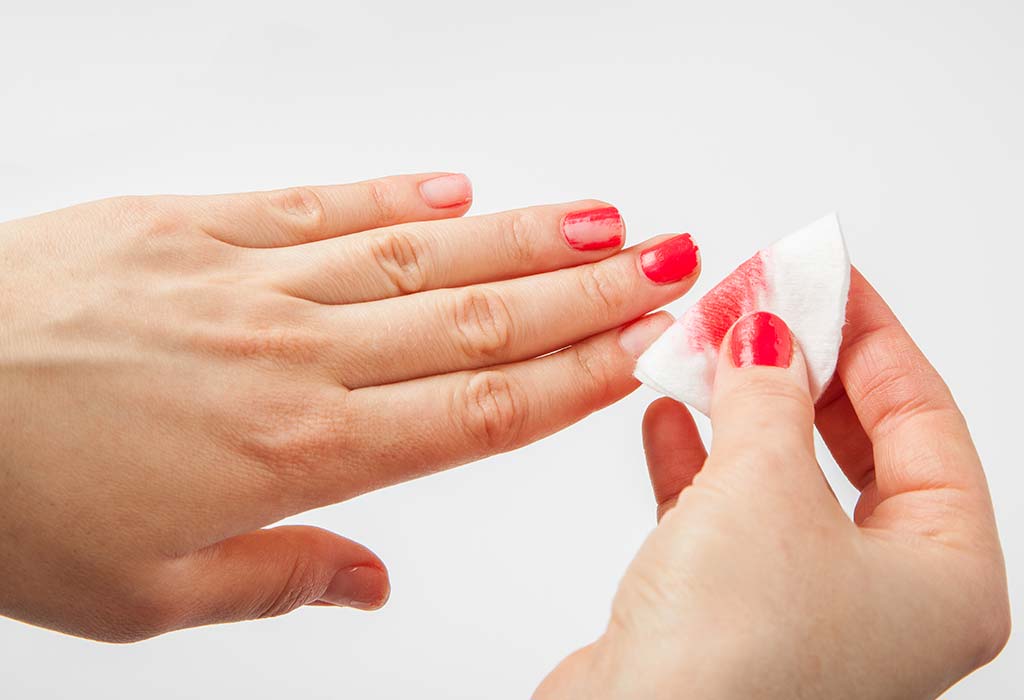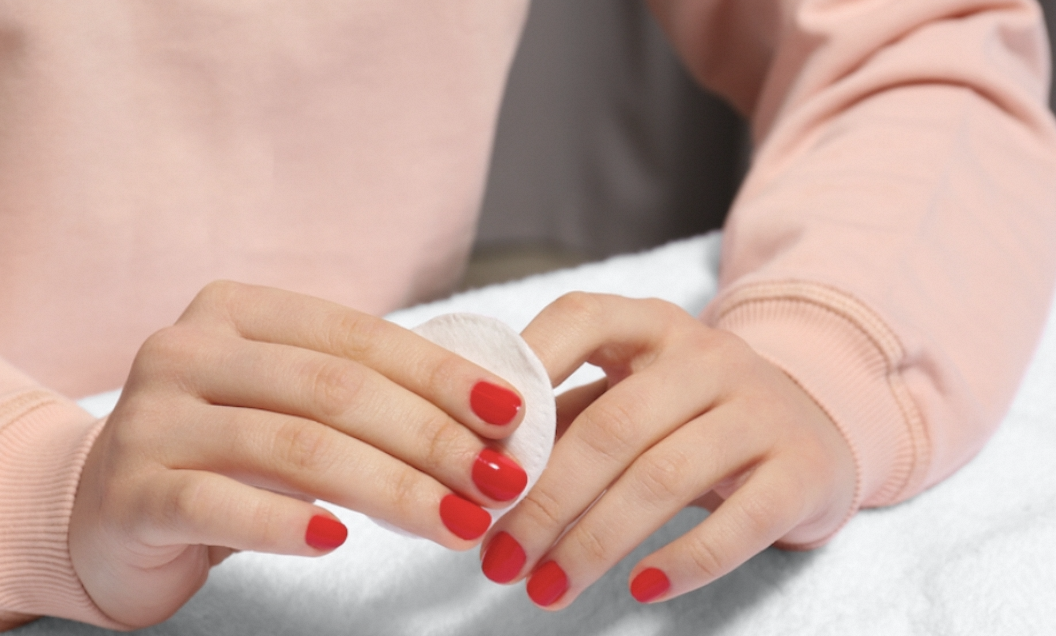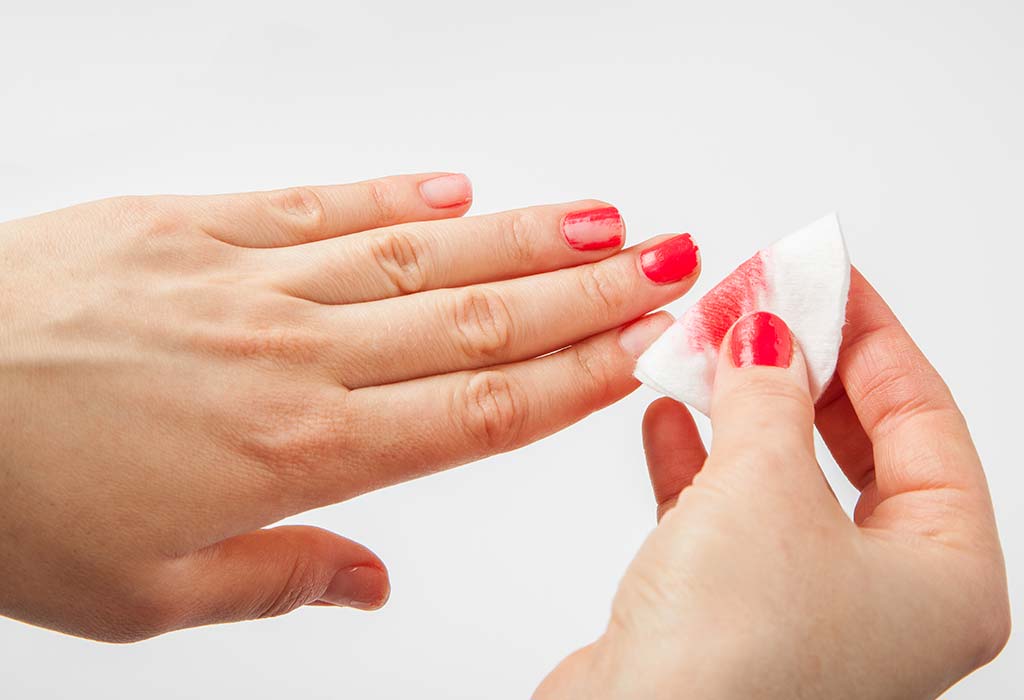How to Remove Nail Polish Like a Pro: Gentle Methods and Effective Techniques
Removing nail polish can feel like a chore. You might find yourself scrubbing at your nails with a cotton ball, only to be left with chipped polish and dry cuticles. But fear not! There are several ways to remove nail polish effectively, while still being gentle on your nails. This article will guide you through various methods, from the classic acetone removers to natural alternatives.
Understanding Nail Polish Removers
Nail polish removers are essential tools for anyone who enjoys painting their nails. But with so many options available, it can be confusing to choose the right one. This section will delve deeper into the different types of nail polish removers, their pros and cons, and how to choose the best one for your needs.
Acetone-Based Removers: Effective Yet Harsh
- Function: Acetone is a powerful solvent that quickly dissolves most nail polishes, including long-lasting and glitter formulas.
- Pros:
- Fast and effective: Acetone removers work quickly and remove even the toughest polishes with ease.
- Widely available and affordable: Acetone is a common ingredient in many nail polish removers, making them readily available and often the most affordable option.
- Cons:
- Drying and harsh: Acetone can be very drying to the nails and skin, potentially causing irritation, cracking, and dryness.
- Strong odor: Acetone has a strong, unpleasant odor that some people find bothersome.
Recommendation: Acetone removers are a good choice for occasional use, especially when removing long-lasting or stubborn polishes. However, due to their harshness, they should not be used frequently.
Non-Acetone Removers: Gentler on Nails and Skin
- Function: Non-acetone removers use alternative solvents that are gentler on nails and skin. They may take slightly longer to remove polish, but they are a better choice for those with sensitive skin or concerns about nail health.
- Pros:
- Gentler: Non-acetone removers are less drying and irritating to the nails and skin compared to acetone-based removers.
- Often contain nourishing ingredients: Many non-acetone removers are formulated with added ingredients like vitamins, oils, and moisturizers to help nourish and condition the nails.
- Less odorous: Non-acetone removers typically have a milder odor than acetone removers.
- Cons:
- May not be as effective: Non-acetone removers may take longer to remove polish, especially stubborn formulas. They may also require more scrubbing, which can be damaging to nails.
- Can be more expensive: Non-acetone removers are often more expensive than acetone-based removers.
Classic Techniques for Removing Nail Polish
Now, let’s get down to business! Here are the most common methods for removing nail polish:
- Using acetone remover: Soak a cotton ball in acetone remover and press it firmly on your nail for a few seconds. The polish should start to loosen. Gently wipe the polish away in one stroke, moving from base to tip. Repeat for each nail.
- Using non-acetone remover: The process is similar to using acetone remover. Soak a cotton ball, press it on your nail, and wipe away the polish. You may need to repeat this process a few times to remove all the polish.
Pro Tip: After removing the polish, wash your hands with soap and water to remove any residue.
Gentle Alternatives for Removing Nail Polish
If you’re looking for a more natural approach, there are a few alternatives you can try. However, keep in mind that these methods may not be as effective as traditional removers, especially for long-lasting or glitter polishes.
- Hand sanitizer: The alcohol content in hand sanitizer can help to dissolve nail polish. Apply a small amount to a cotton ball and wipe away the polish.
- Lemon juice and olive oil: Mix equal parts lemon juice and olive oil in a small bowl. Soak your nails for a few minutes, then wipe away the polish with a cotton ball. The lemon juice helps to remove the polish, while the olive oil provides moisture.
- Toothpaste: Believe it or not, toothpaste can also be used to remove nail polish in a pinch. Apply a small amount of white, non-gel toothpaste to your nails and rub gently. Rinse with warm water.
Important Note: These alternative methods may not work for everyone and might take longer. It’s always best to test a small area on your skin first to check for any irritation.
Keeping Your Nails Healthy After Removal: TLC for Strong and Beautiful Tips
Removing nail polish can leave your nails feeling dry, brittle, and even slightly damaged. However, with a little extra care and attention, you can restore your nails to their healthy and beautiful state. Here are some essential tips to follow after removing your nail polish:
Deep Hydration is Key
- Moisturize regularly: Apply cuticle oil or hand cream several times a day, focusing on the nail plate and surrounding skin. Look for products containing nourishing ingredients like jojoba oil, argan oil, or vitamin E, which help lock in moisture and promote healthy nail growth.
- Overnight treatment: Apply a thicker layer of cuticle oil or petroleum jelly before bed and wear cotton gloves to sleep. This overnight treatment allows the product to deeply penetrate and provide intense hydration.
Gentle Exfoliation for Smoother Nails
- Exfoliate once a week: Gently buff your nails with a soft nail buffer to remove any remaining polish residue and smooth out any ridges or unevenness. Avoid over-buffing, as this can thin and weaken your nails.
- Opt for natural exfoliants: For a gentler option, mix a teaspoon of olive oil with granulated sugar and massage it onto your nails in a circular motion. Rinse thoroughly with warm water.
Strengthen and Protect Your Nails
- Consider nail strengtheners: Use a nail strengthener once or twice a week to help prevent breakage and chipping. Look for formulas containing keratin, biotin, or calcium, which are essential nutrients for healthy nail growth.
- Wear protective gloves: When doing chores like cleaning or washing dishes, wear gloves to protect your nails from harsh chemicals and prolonged exposure to water, which can weaken them.
Give Your Nails a Break
- Skip the polish occasionally: Allow your nails to breathe for a few days or weeks between manicures. This allows them to recover from the drying effects of polish removers and strengthen naturally.
- Choose breathable polishes: If you still want to wear polish, opt for formulas labeled as “breathable” or “oxygen-permeable.” These polishes allow a small amount of oxygen to reach the nail bed, which can help promote healthy growth.
Conclusion
Removing nail polish doesn’t have to be a harsh process. With the right technique and a little care, you can keep your nails looking their best. So, next time you’re ready to change your polish color, experiment with these methods and find what works best for you!
